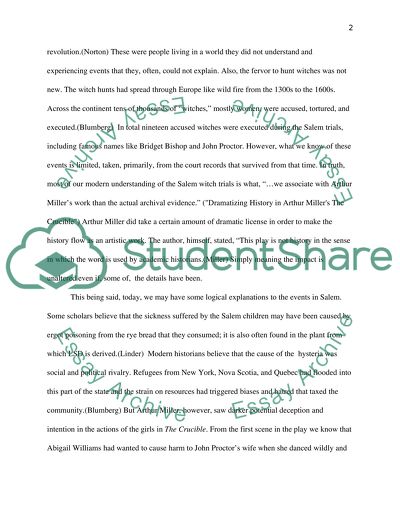Cite this document
(“The Devil's Book and The Black List Research Paper”, n.d.)
The Devil's Book and The Black List Research Paper. Retrieved from https://studentshare.org/literature/1451693-salem-witch-trials-and-mccarthyism
The Devil's Book and The Black List Research Paper. Retrieved from https://studentshare.org/literature/1451693-salem-witch-trials-and-mccarthyism
(The Devil'S Book and The Black List Research Paper)
The Devil'S Book and The Black List Research Paper. https://studentshare.org/literature/1451693-salem-witch-trials-and-mccarthyism.
The Devil'S Book and The Black List Research Paper. https://studentshare.org/literature/1451693-salem-witch-trials-and-mccarthyism.
“The Devil'S Book and The Black List Research Paper”, n.d. https://studentshare.org/literature/1451693-salem-witch-trials-and-mccarthyism.


